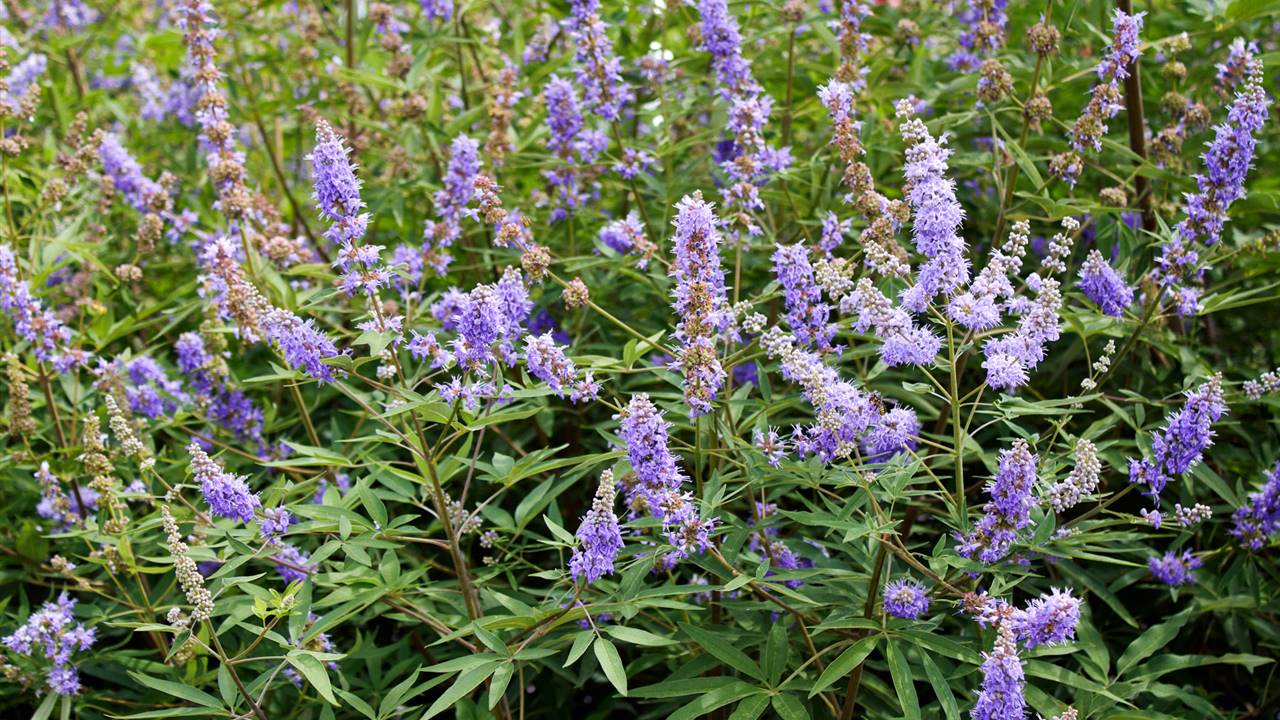
Sauzgatillo propiedades, usos y contraindicaciones
Among the species, Vitex agnus-castus L. is the only one that has been reported to undergo clinical trials, mainly related to the use of the genus for the treatment of mastalgia, menstrual bleeding problems, amenorrhea, menorrhagia, luteal insufficiency, and premenstrual syndrome. Overall, the review addresses recent therapeutic breakthroughs.

Vitex agnus castus Plantasvillor
Side Effects. When taken by mouth: Vitex agnus-castus fruit extract is likely safe when used for up to 3 months. Side effects might include upset stomach, fatigue, and trouble sleeping. There isn.

Vitex agnus castus Acacia LLC
Active ingredient: Berry and possibly other parts of the plant Vitex agnus-castus; Alternate Name(s): Chaste tree, chaste berry, monk's pepper Recommended Dose: No recommendations; however, 4 to 40 milligrams/day is commonly used; Safety Considerations: Not for use in people who are pregnant, lactating, or have other hormone-sensitive conditions. Discuss with your healthcare provider before.

Vitex agnuscastus Surfing Hydrangea Nursery, Inc.
Chastetree ( Vitex agnus-castu s) may be grown as a large shrub or small tree. Chastetree ( Vitex agnus-castus) is a deciduous (loses its leaves in the fall), multi-trunked shrub or small tree native to southern Europe and western Asia. It is an excellent selection for southern landscapes in USDA zones 7 to 9 but will have cold damage or be.

El jardín de la alegría Vitex agnuscastus Var.Latifolia (Árbol casto, Sauzgatillo o pimienta
Vitex quinata. Vitex / ˈ v aɪ t ɛ k s / is a genus of flowering plants in the sage family Lamiaceae.It has about 250 species. Common names include chaste tree or chastetree, traditionally referring to V. agnus-castus, but often applied to other species, as well.. Species of Vitex are native throughout the tropics and subtropics, with a few species in temperate Eurasia and one in New Zealand.

Vitex agnuscastus 'Sensational' Xera Plants
Vitex agnus-castus, commonly called chaste tree, is typically grown in warm winter climates as a vase-shaped, deciduous shrub (to 10-15' tall) or trained as a single trunk tree to 20' tall. In cold winter areas in USDA Zones 5-6, it is more often grown as a 3-5' tall herbaceous perennial. Features aromatic, compound, palmate, grayish-green.

Vitex agnuscastus leaves Hojas de V. agnuscastus de lo… Flickr
Chaste tree (Vitex agnus-castus) is a deciduous shrub that bears clusters of purple flowers in the summer.Also known simply as vitex, the leaves of this plant are reminiscent of the marijuana plant (Cannabis sativa), with five leaflets in a palm-shaped arrangement.The leaves have a fragrance similar to that of the herb sage.
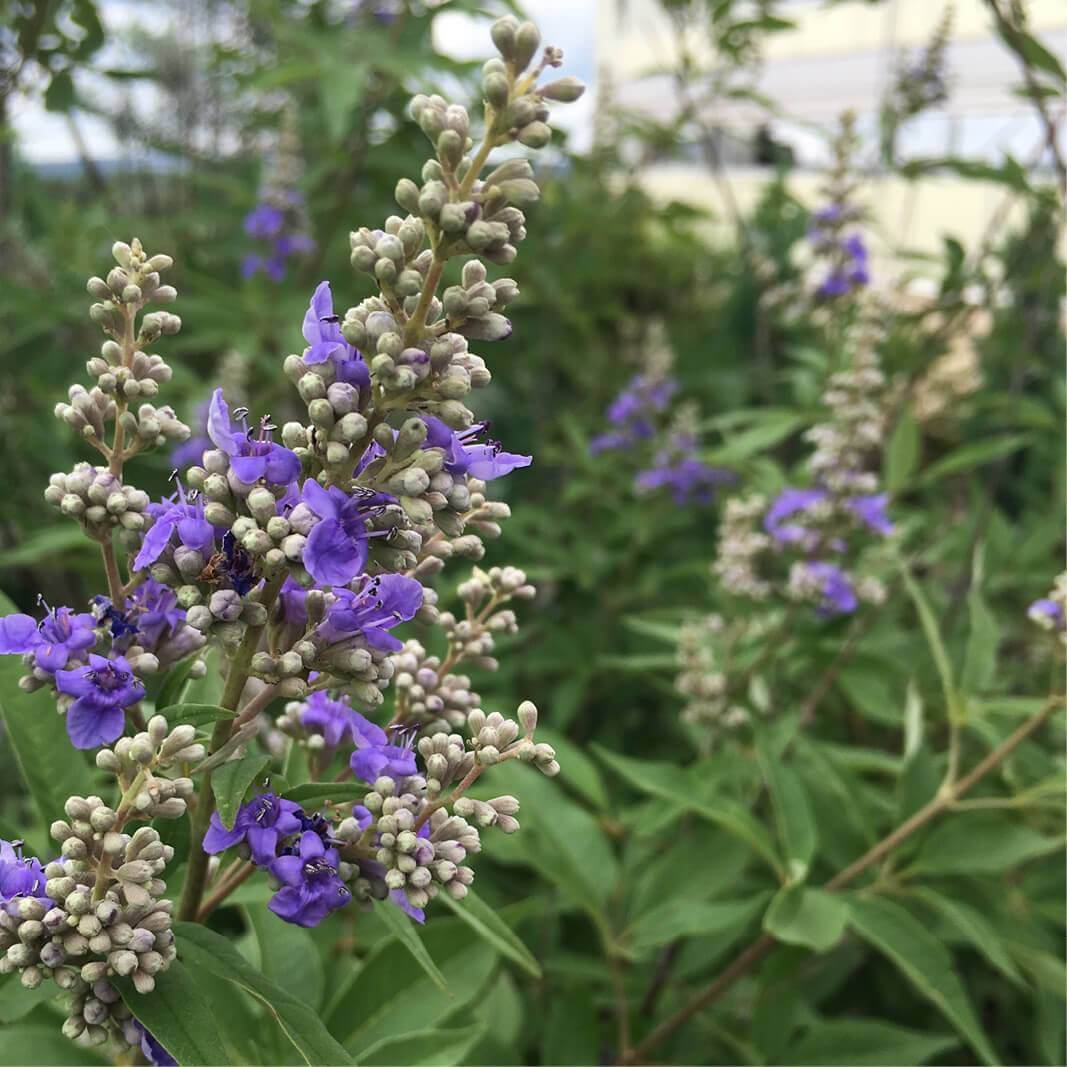
Plantas de Jorobo VITEX AGNUSCASTUS The Original Garden
Botanical names: Vitex agnus castus How It Works Vitex contains several different constituents, including flavonoids, iridoid glycosides, and terpenoids. The whole fruit extract, rather than one of its individual constituents, appears to be necessary for the medicinal activity of vitex. 1 Vitex does not contain.

Plantas de Jorobo VITEX AGNUSCASTUS The Original Garden
Vitex (chasteberry) is a popular herbal remedy, but science may not support all of its benefits. Here are the science-backed benefits — as well as some myths — associated with Vitex agnus-castus.
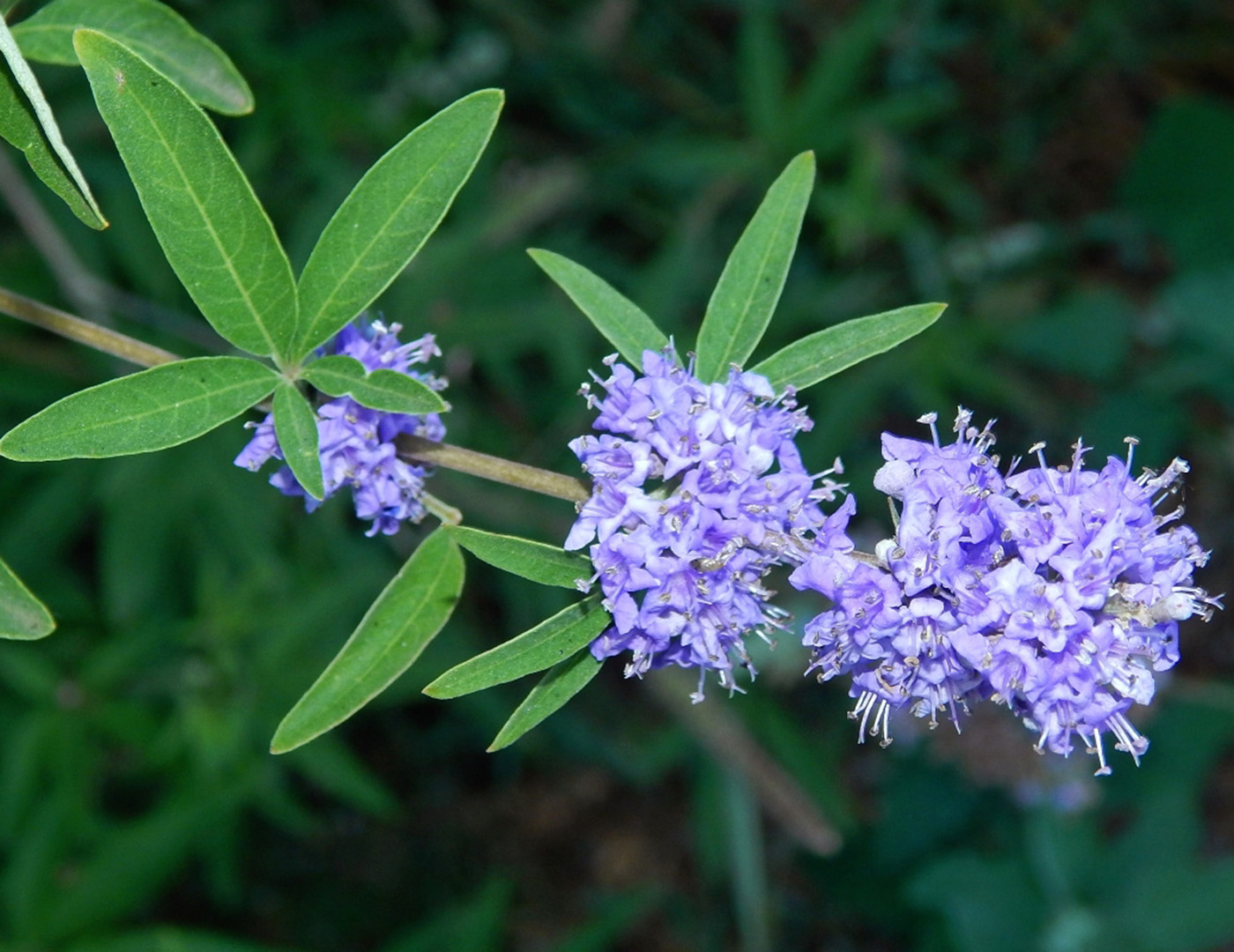
Vitex agnuscastus Изображение особи Плантариум
Treat like a perennial in the north; a shrub or small tree in the south. May be trimmed and fertilized in spring. Commonly known as the chastetree, Vitex agnus-castus was in ancient times thought to be an aphrodisiac. According to Wikipedia, the leaves and stems were once used in ladies' bedding to "cool the heat of lust" when the men were off.

Photo 56248 Vitex agnuscastus plant lust
Side Effects. Vitex agnus-castus fruit is LIKELY SAFE for most people when taken by mouth appropriately. Uncommon side effects include upset stomach, nausea, itching, rash, headaches, acne, trouble sleeping, and weight gain. Some women notice a change in menstrual flow when they start taking vitex agnus-castus.

Vitex agnuscastus, el arbusto medicinal más decorativo Jardineria On
This is a protocol for a Cochrane Review (Intervention). The objectives are as follows: To determine the effectiveness of Vitex agnus castus for the treatment of PMS symptoms.. We wish to examine the following: (1) The effect of Vitex agnus castus on combined symptoms or global scores associated with PMS versus placebo. (2) The effect of Vitex agnus castus on combined symptoms or global scores.
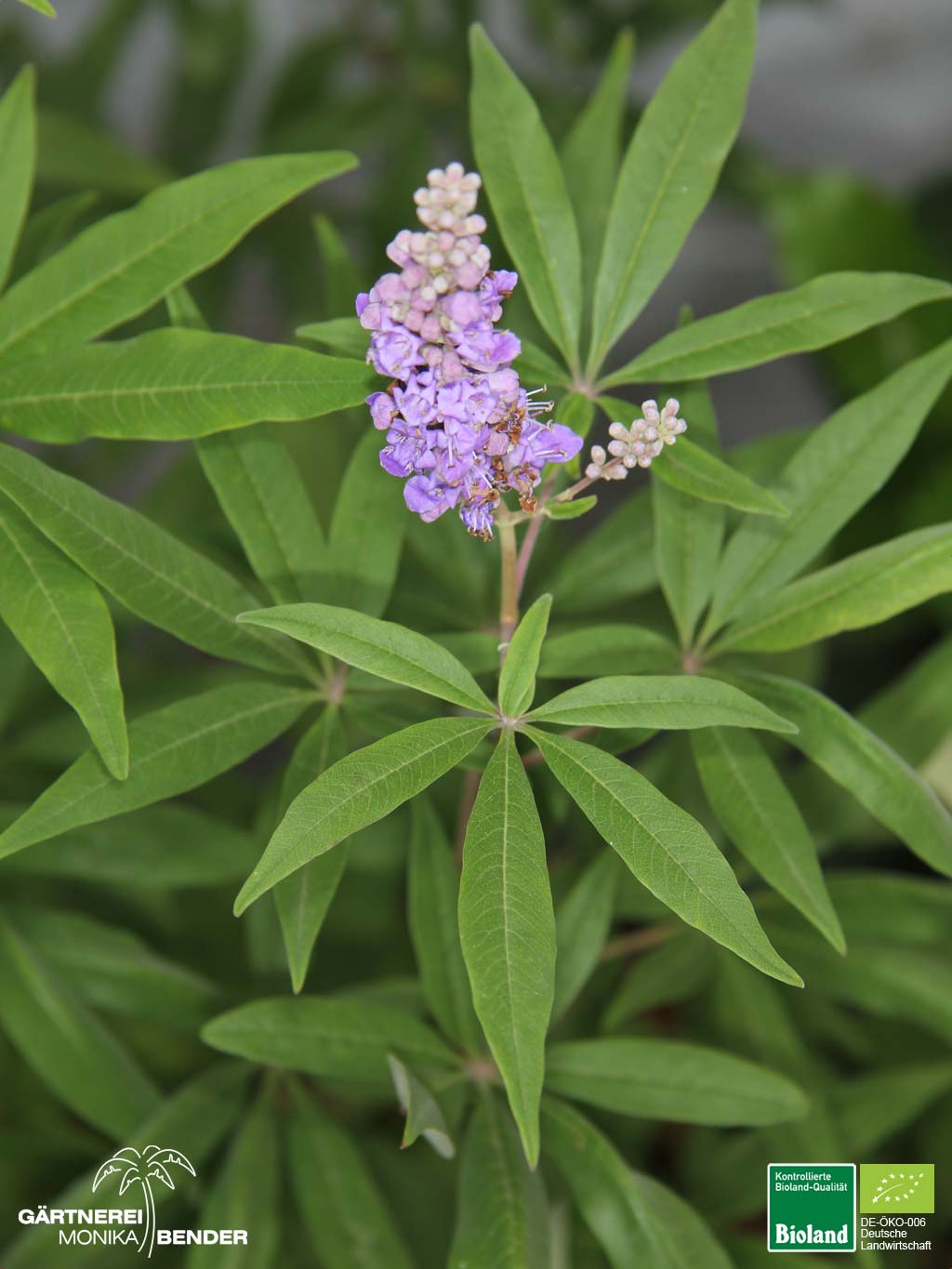
Vitex agnuscastus Mönchspfeffer Bioland
Medicinal plants are used worldwide due to their lower risk of side effects and eco-friendly, cost-effective production when compared to chemical drugs, encouraging researchers to further exploit the therapeutic potential of the former. One of the most popular medicinal plants is Vitex agnus-castus L., grown in tropical and sub-tropical regions, to which different health benefits have already.
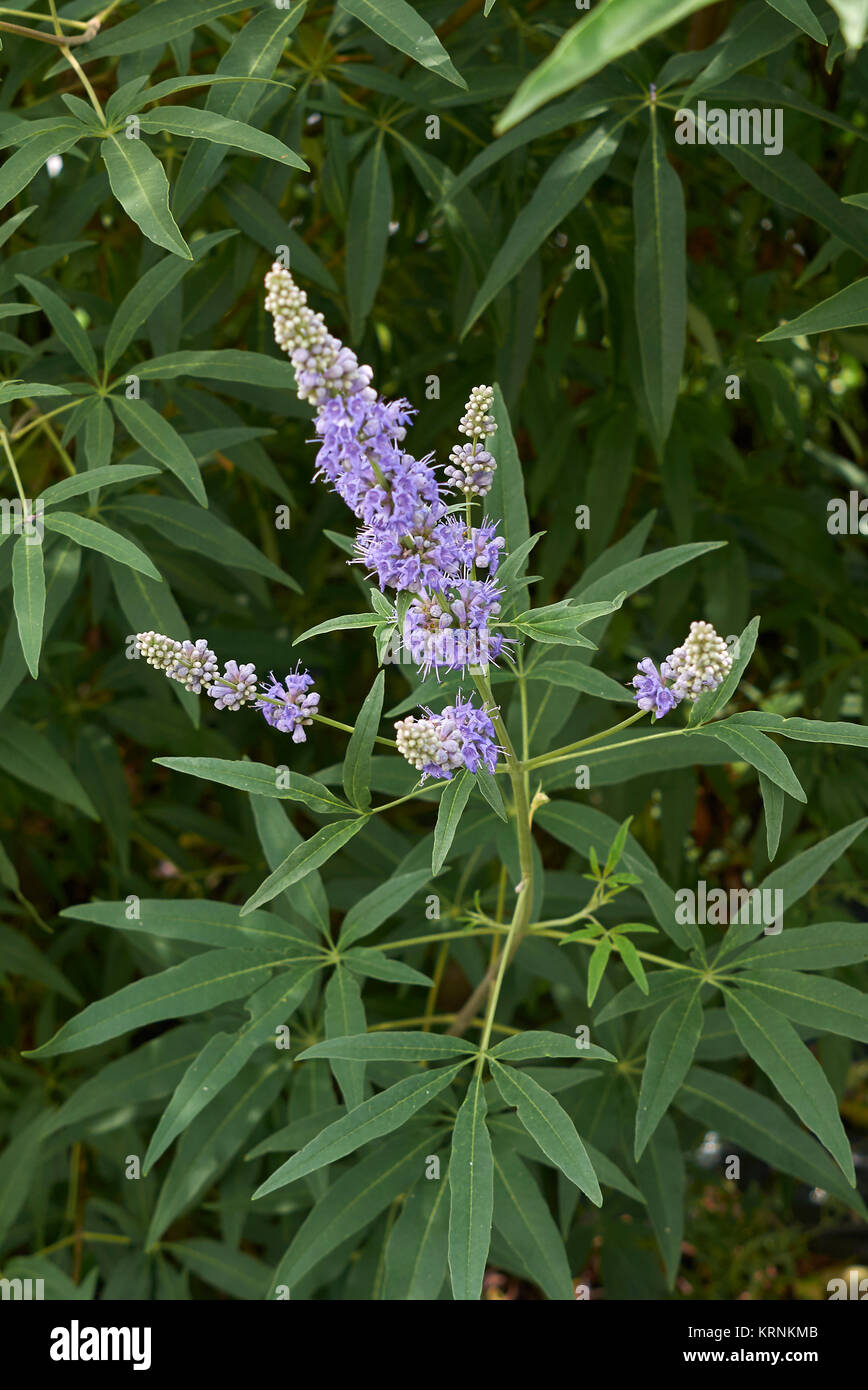
Vitex agnuscastus Stock Photo Alamy
1. Introduction. Vitex agnus-castus L. (Verbenaceae) is a deciduous tree or a large shrub that is native to Europe but also widely distributed in the Southern United States. The fruits of V. agnus-castus (chaste berry, VAC) have a long history (over 2000 years) of use as an herbal medicine. Currently, the fruit extract is used as a dietary supplement for estrogen hormone imbalance which can.

El jardín de la alegría Vitex agnuscastus Var.Latifolia (Árbol casto, Sauzgatillo o pimienta
Vitex agnus-castus also appears to help reduce cyclic mastalgia, a type of breast pain linked to menstruation. Research suggests it may be as effective as common drug treatment — but with fewer side effects. However, two recent reviews report that although vitex appears helpful in reducing PMS symptoms, its benefits may be overestimated..

Vitex Agnus Castus ¡Planta para la Mujer! HSN Blog
Vitex agnus-castus, the Chaste Tree. by Melody Rose July 01, 2017. Chaste trees are an easy-care shrub or tree with an interesting past. Vitex agnus-castus is a small tree or large shrub native to Eurasia and the Mediterranean basin. It is a tough little plant that manages to survive alkaline soil, dry conditions and is even somewhat salt-tolerant.